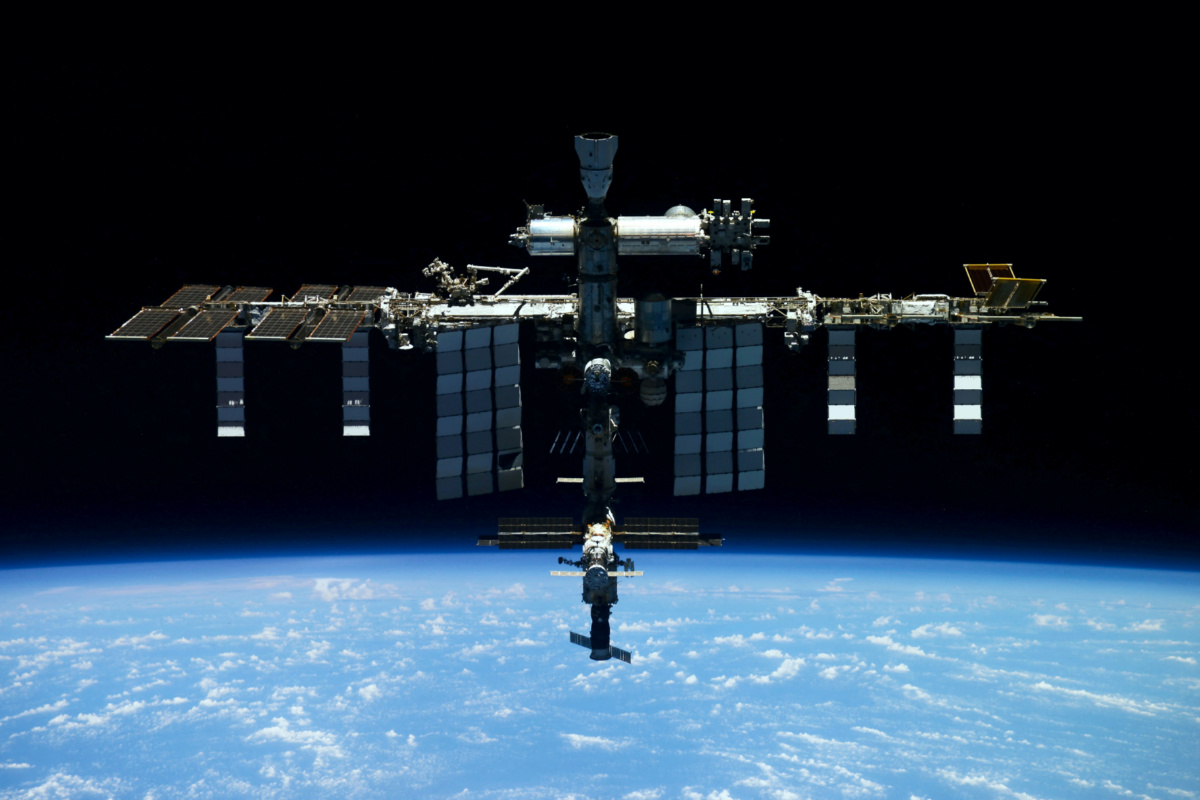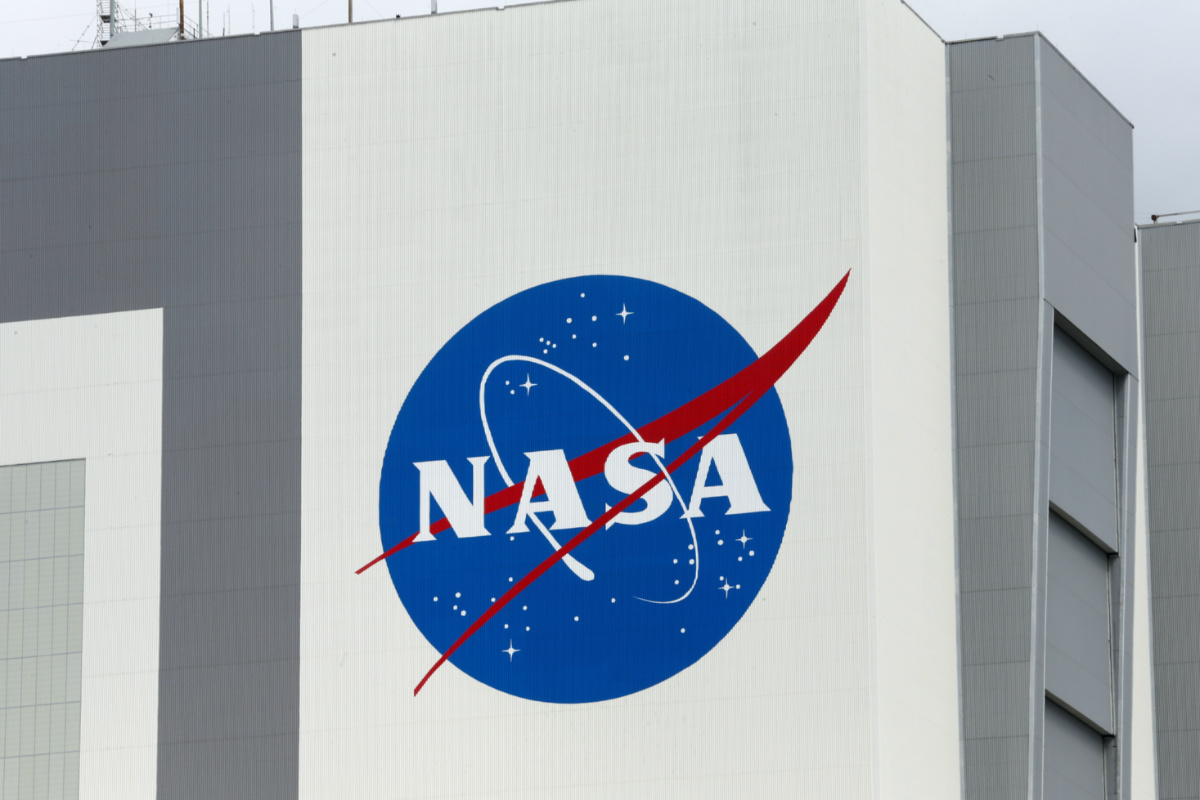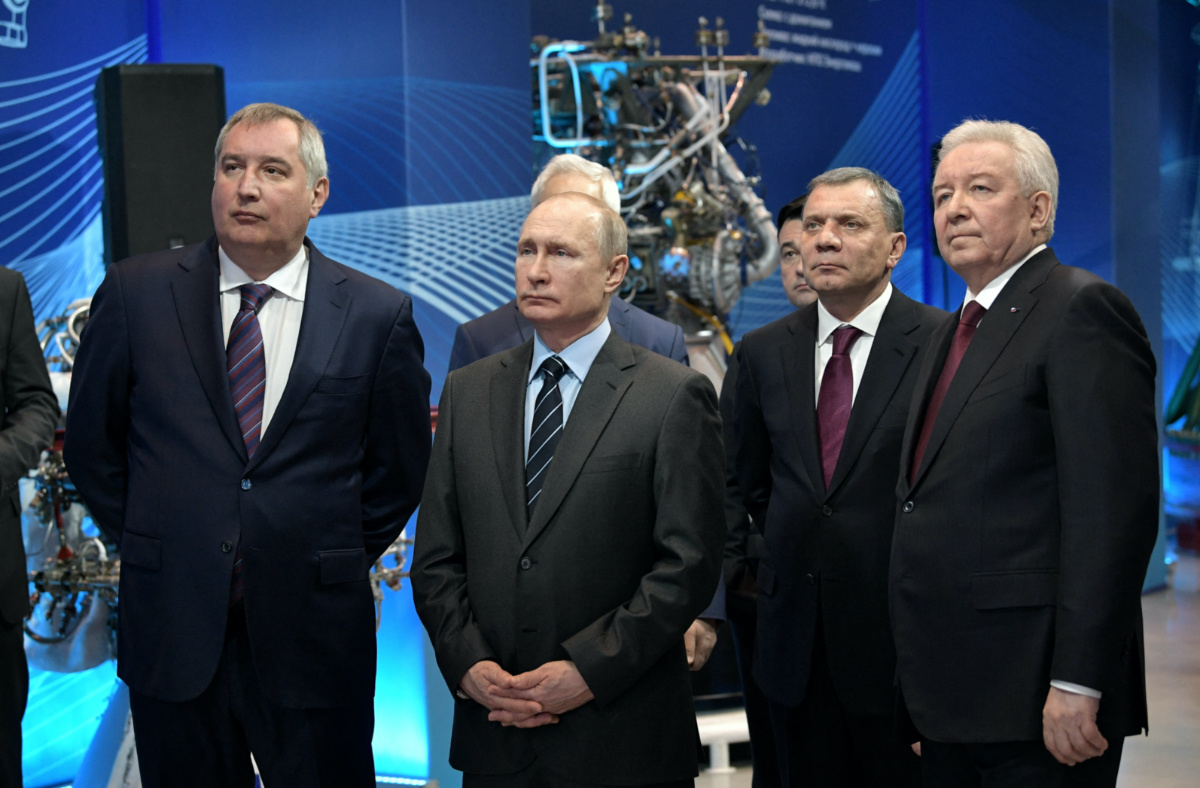
JOEY ROULETTE, of Reuters, reports on how contingency plans have been drawn up amid escalating tensions between the US and Russia…
Washington DC, US
Reuters
NASA and the White House have since late last year quietly drawn up contingency plans for the International Space Station in light of tensions with Moscow that began building before Russia’s invasion of Ukraine, according to nine people with knowledge of the plans.
The US space agency’s game planning shows how the US is juggling its relationship with Russia, a crucial ally on the international space station project, which also involves such corporate names as Boeing, SpaceX and Northrup Grumman.
At risk is a two-decade old alliance NASA has sought to preserve as one of the few remaining links of civil cooperation between the two superpowers.

The International Space Station (ISS) is photographed by Expedition 66 crew member Roscosmos cosmonaut Pyotr Dubrov from the Soyuz MS-19 spacecraft, in this image released on 20th April. PICTURE: Pyotr Dubrov/Roscosmos/Handout via Reuters
The plans drafted by US officials laid out ways to pull all astronauts off the station if Russia were to abruptly leave, keep it running without crucial hardware provided by the Russian space agency, and potentially dispose of the orbital laboratory years earlier than planned, according to three of the sources, all of whom asked not to be identified.
While NASA and White House officials have acknowledged the existence of contingency plans before, they have avoided discussing them in public to avoid inflaming tensions with Russia. NASA officials instead stress the close relationship they have with Russia’s space agency, Roscosmos.
“We are very committed, obviously, to us continuing this relationship. We need to make sure, though, that we do have plans. We’re NASA. We always have contingencies.”
– NASA’s space operations chief Kathy Lueders.
“We are very committed, obviously, to us continuing this relationship,” NASA’s space operations chief Kathy Lueders said in an interview recently. “We need to make sure, though, that we do have plans. We’re NASA. We always have contingencies.”
The ISS was designed more than two decades ago to be technically interdependent between NASA and Roscosmos. NASA provides gyroscopes for the space station’s balance and solar arrays for electricity, and Roscosmos controls the propulsion that keeps the football field-sized laboratory in orbit.
Multiple space companies have been pulled into the planning, with Boeing, one of the station’s key private contractors, assigning a team of engineers to examine ways to control the space station without Russia’s thrusters, one of the sources said.
In recent weeks, NASA has worked on drafting a formal request to contractors for ways to deorbit the space station earlier than planned in case Russia withdraws from the alliance, two of the sources said. Russia manages the station’s thrusters from Moscow, playing a key role in steering the station into the Earth’s atmosphere at the end of its life.
Russian news agencies last week quoted the newly appointed space chief, Yuri Borisov, saying the country had no set date for its withdrawal from the ISS but any pullout would be made “in strict accordance with our obligations.” The station’s intergovernmental agreement requires any partner to give a one-year notice of intent to leave.
Roscosmos could not immediately be reached to comment last Thursday.

The NASA logo is seen at Kennedy Space Center ahead of the NASA/SpaceX launch of a commercial crew mission to the International Space Station in Cape Canaveral, Florida, US, on 16th April, 2021. PICTURE: Reuters/Joe Skipper/File photo.
NASA told Reuters that Roscosmos asked two years ago if the US space agency could provide a spacecraft to aid in that deorbiting process.
NASA otherwise declined to address specific contingency plans it is considering, but said it is “continually looking for new capabilities on the space station and planning for a seamless transition to commercially operated destinations in low-Earth orbit.”
The agency has an effort to seed development of private space stations that could succeed the ISS after its planned end date of 2030.
NASA’s contingency planning has centered largely on controlling the station without Russia’s thrusters, the sources said.
In one demonstration in June, Northrop Grumman for the first time used a modified version of its Cygnus cargo spacecraft to alter the space station’s orbit while berthed, successfully demonstrating a potential alternative to Russia’s thrusters.
All future Cygnus capsules will be capable of those reboosts should NASA request it, a Northrop spokeswoman said. The test was part of a NASA effort that began in 2018, but was accelerated amid increasing tensions, the sources said.
Meanwhile, SpaceX, the private spacecraft company founded by Tesla CEO Elon Musk, has also been studying similar reboost capabilities, two of the sources said. SpaceX’s Dragon capsule ferries cargo and astronauts to and from the space station.
NASA’s contingency planning with the White House began in late 2021 as US relations with Russia deteriorated, four US officials said.
It also came after Russia’s Ministry of Defense in November tested an antisatellite weapon by destroying a defunct satellite, creating a debris field near the ISS that forced astronauts into shelter, the sources said.
We rely on our readers to fund Sight's work - become a financial supporter today!
For more information, head to our Subscriber's page.
Nevertheless, senior officials from both space agencies have reaffirmed the alliance in space.
“It’s been hugely beneficial to US science, to US technology, US advancement of our space program, and so it is in the US national security interest,” Rose Gottemoeller, former US President Bill Clinton’s national security advisor on Russian and Eurasian affairs, said of the relationship on the ISS with Russia.
“Even following this horrible and violent invasion of Ukraine, we’ve been able to sustain it because it’s beneficial for us, as it’s beneficial for the Russians,” added Goettemoeller, who played a key role in forging the US-Russian space station alliance in 1993.

Russian President Vladimir Putin (second left), Deputy Prime Minister Yuri Borisov (second right), Dmitry Rogozin (left), head of the Russian space agency Roscosmos, and Igor Arbuzov, CEO of the rocket engine manufacturer Energomash, attend a meeting at an Energomash-owned factory near Moscow, Russia, on 12th April, 2019. PICTURE: Sputnik/Alexei Nikolsky/Kremlin via Reuters.
Underscoring the still strong relationship between the two space agencies, the sources said a small team of NASA officials met their Russian counterparts in Moscow in early July to finalise a long-sought agreement for sharing astronaut flights to the ISS, a capability NASA sees as key to having a backup ride to the station.
The agreement, announced on 15th July, allows Russian cosmonauts to fly on US-made spacecraft in exchange for American astronauts being able to ride on Russia’s Soyuz capsules. The first Russian cosmonaut under the agreement, Anna Kikina, is set to launch aboard SpaceX’s Crew Dragon from Florida in September.
And NASA is in talks with Roscosmos, along with the station’s other partners, including Japan, Canada and the European Space Agency, to extend the ISS alliance’s current formal end date another six years to 2030.
While political tensions are a key driver of the contingency plans, observers of Russia’s space program also point to that agency’s financial pressures.
Last week, Roscosmos chief Borisov cited Russian engineers’ predictions that an “avalanche” of technical problems could occur on the ISS after 2024 and he said the cost to maintain the Russian segment beyond that date would be “huge.” He added it was “economically expedient” for Russia to explore building its own space station.






